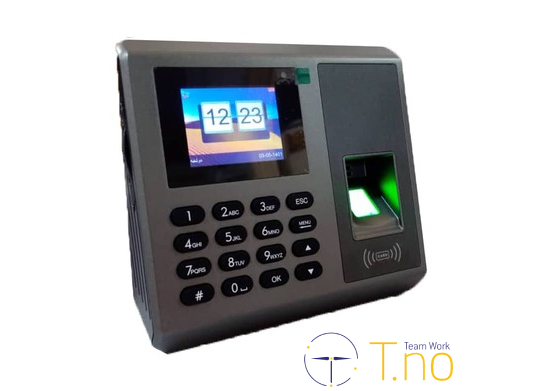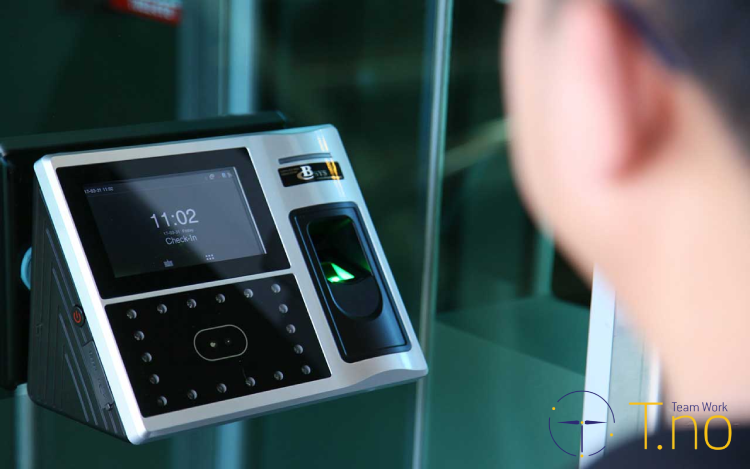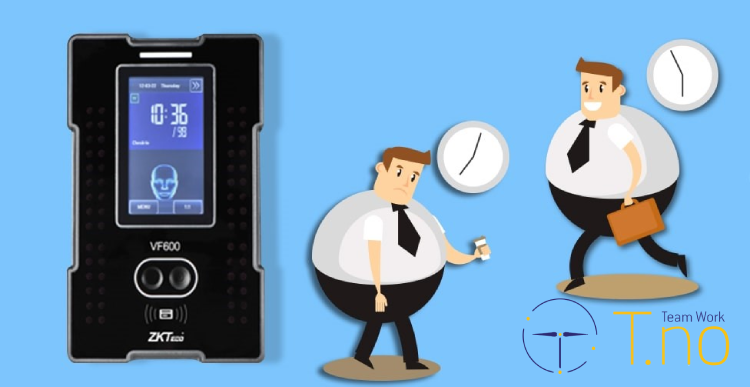

2024-08-03پشتیبانی تینو
In general, the difference between attendance and absence with a mobile phone and attendance and absence with an attendance device is in the way of recording information and the level of access. In mobile presence and absence, employees can register their arrival and departure through their smartphones and with the help of special applications, which provides more flexibility and access in this way. But in presence and absence with the device, employees must use biometric devices or card readers in person, which are more accurate and secure.

The main difference between attendance and absence with a mobile phone and attendance and absence with an attendance device
Employee attendance management is one of the most important tasks in any organization. With the advancement of technology, there are different ways to record attendance.
Mobile attendance and attendance with attendance device are two common methods, using mobile applications and traditional attendance devices. In the following, the differences between these two methods are fully examined in 5 cases:
Accessibility and ease of use
Mobile presence and absence:
Easy access: Employees can register attendance from anywhere using their smartphones. This feature is especially useful for remote and field workers.
User interface: Mobile applications usually have a simple and user-friendly interface that makes them easy to use.
No need for additional equipment: only a smartphone is needed and there is no need to install and maintain special devices.
• Attendance Device:
On-site use: These devices are usually installed at the entrances of the organization and employees must be physically present on the premises to be able to record their entry and exit.
Training and maintenance: Staff may need training and devices may require regular maintenance.
Accuracy and security
Mobile presence and absence:
Device dependent accuracy: The accuracy of attendance registration depends on the accuracy of the mobile phone and internet connection.
Security: Security can be increased by using two-step authentication, facial recognition or fingerprints, but fraud is still possible.
Attendance Device:
Biometric technology: These devices typically use biometric technologies such as fingerprints, facial recognition, or RFID cards that provide greater accuracy and security.
Fraud Reduction: The use of biometric technologies minimizes fraud.

Costs
Mobile presence and absence:
Lower cost: There is no need to buy and install physical equipment and the only cost is related to the development and maintenance of the application.
Savings on maintenance: Maintenance and repair costs are reduced, as there is no need for regular servicing of the devices.
Attendance Device:
Initial cost: Buying and installing attendance devices can be expensive.
Maintenance costs: These devices require regular maintenance and servicing which can incur additional costs.
Flexibility and integration
Mobile presence and absence:
High flexibility: it is possible to record attendance from any location, which is very useful for organizations with remote or field employees.
Integration: Mobile apps can easily integrate with human resource and financial management systems.
Attendance Device:
Location restriction: Employees must be present at the installation location of the device to be able to register their entry and exit.
Limited integration: Integrating these devices with HR and financial management systems may be more complex and costly.
Additional features
Mobile presence and absence:
Geolocation monitoring: Mobile applications can use GPS technology to track the geographical location of employees.
Push notification: sending notifications and reminders to employees through the application.
Attendance Device:
Access control: In addition to logging in and out, some attendance devices also have the ability to control access to specific parts of the organization.
Categories
Popular Categories